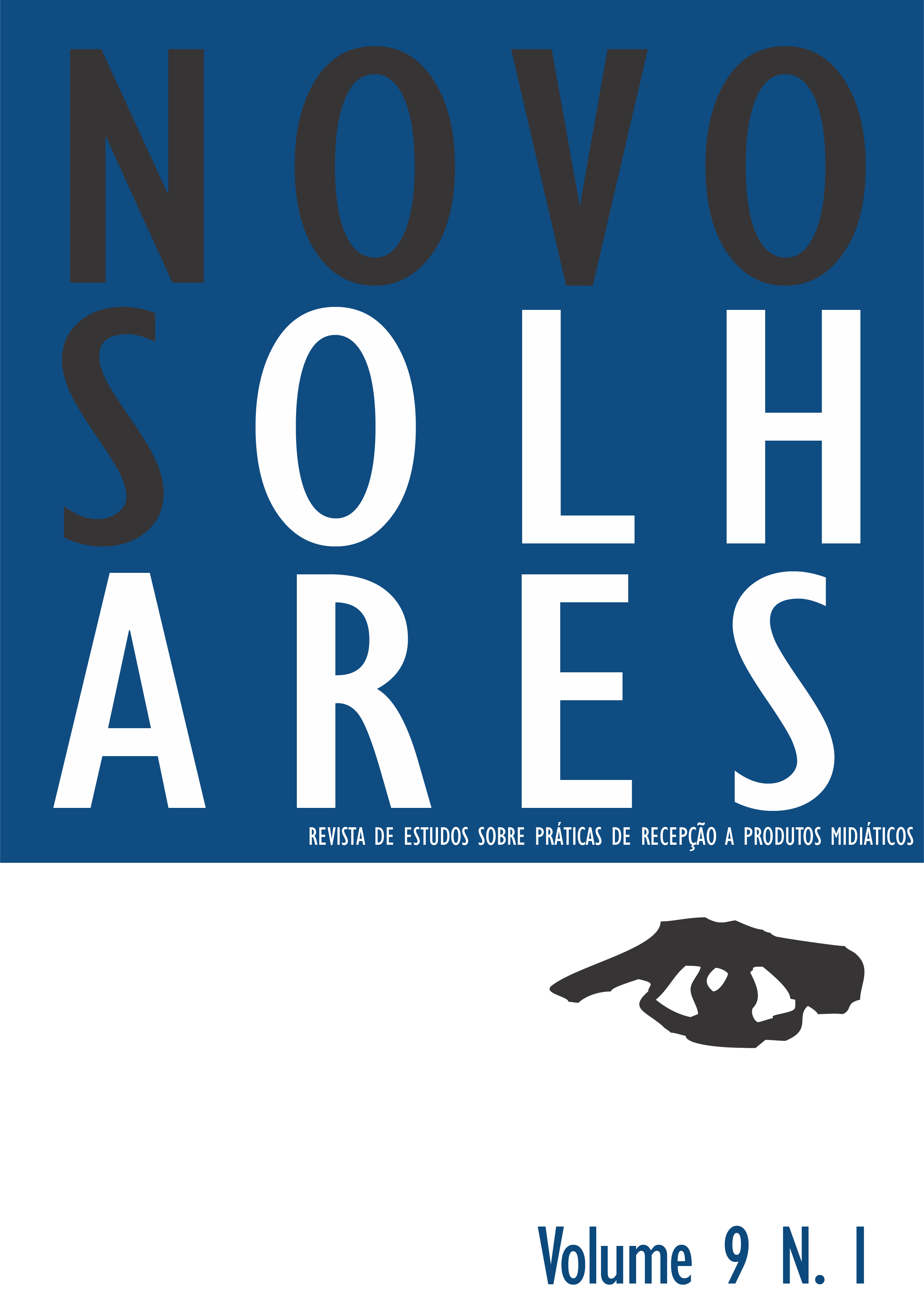Wired Imagination
Victorian streaming via circular telephony
DOI:
https://doi.org/10.11606/issn.2238-7714.no.2020.159187Keywords:
Telephone, Circular telephony, Telecommunication, Media archeology, Teleart, Sonic performanceAbstract
Since the earliest years of its invention, the telephone has been designed and used not only as a means of peer-to-peer communication but also in the form of circular telephony [one-to-many] as a means of information, entertainment, and education aimed at an audience listener. This article provides an overview of some forms of circular telephony that encouraged the practice of live remote transmission of sound focused performances such classical music concerts, opera, and theatre that served as a reference for one of the stages of my research project.
Downloads
References
BALBI, G. Radio after Radio. Araldo Telefonico and the Invention of Italian Broadcasting. Technology and Culture, v. 51, n. 4, pp. 786-808, out/2010. DOI: https://doi.org/10.1353/tech.2010.0060
CROOK, T. The Electrophone or Théâtrophone: Broadcasting Audio Drama Before the Radio. In: Radio Drama: Theory and Practice. Londres: Routledge, 1999.
HARK! Telephone Will Tell It All. New York Herald, 7/out/1909, p. 9. Disponível em: https://earlyradiohistory.us/1909hark.htm. Acessado em: 24/abr/2019.
NEW INVENTION enables one to hear news, concerts, lectures and sermons at home. San Francisco Call, 10/set/1911, p. 19. Disponível em: https://earlyradiohistory.us/1911sfth.htm. Acessado em: 24/abr/2019.
PHONOGRAPH Selections by Telephone. Popular Mechanics, abr/1910, pp. 489-490. Disponível em: https://earlyradiohistory.us/1910tm.htm. Acessado em: 24/abr/2019.
SCHONBERG, H. When Music Were Broadcast by Telephone. The New York Times, 11/mai/1975. Disponível em: https://www.nytimes.com/1975/05/11/archives/music-view-when-music-was-broadcast-by-telephone.html. Acessado em 10/abr/2019.
TELEPHONY: Audible Speech by Telegraph. The Scientific American, suppl. 48, p. 765, 25/nov/1876.
THE ‘MUSICAL Telegraph’ or ‘Electro-Harmonic Telegraph’, Elisha Gray, USA, 1874. 120 Years of Electronic Music. Disponível em: http://120years.net/the-musical-telegraphelisha-greyusa1876/. Acessado em 23/abr/2019.
VAN DRIE, M. Hearing through the théâtrophone: Sonically constructed spaces and embodied listening late nineteenth-century French theatre. SoundEffects - An Interdisciplinary Journal of Sound and Sound Experience, vol. 5, n. 1, pp. 73-90, 09/mar/2016. DOI: https://doi.org/10.7146/se.v5i1.23310
WHITE, T. H. United States Early Radio History (website). Disponível em: https://earlyradiohistory.us/. Acessado em: 24/abr/2019.
Downloads
Published
Issue
Section
License
Proposta de Aviso de Direito Autoral Creative Commons
1. Proposta de Política para Periódicos de Acesso Livre
Autores que publicam nesta revista concordam com os seguintes termos:
- Autores mantém os direitos autorais e concedem à revista o direito de primeira publicação, com o trabalho simultaneamente licenciado sob a Licença Creative Commons Attribution CC Attribution-NonCommercial-NoDerivatives 4.0, que permite o compartilhamento do trabalho com reconhecimento da autoria e publicação inicial nesta revista.
- Autores têm autorização para assumir contratos adicionais separadamente, para distribuição não-exclusiva da versão do trabalho publicada nesta revista (ex.: publicar em repositório institucional ou como capítulo de livro), com reconhecimento de autoria e publicação inicial nesta revista.
- Autores têm permissão e são estimulados a publicar e distribuir seu trabalho online (ex.: em repositórios institucionais ou na sua página pessoal) a qualquer ponto antes ou durante o processo editorial, já que isso pode gerar alterações produtivas, bem como aumentar o impacto e a citação do trabalho publicado.



